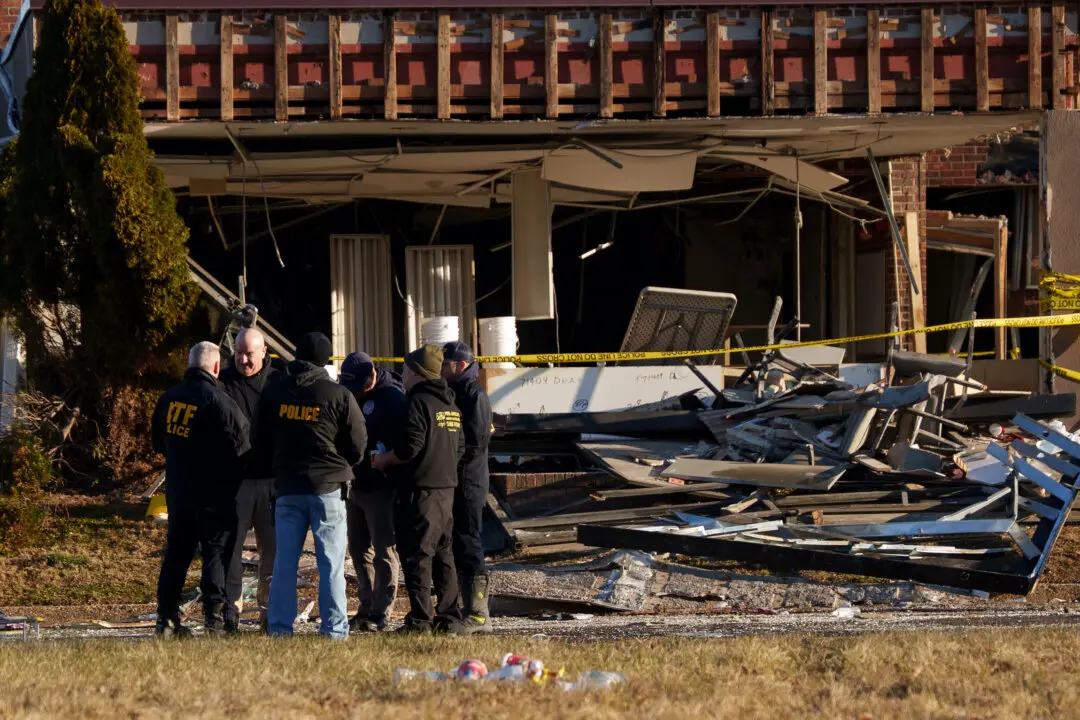MEXICO CITY—Mexican immigration authorities said Saturday they have been hit by a surge of almost 5,000 Haitian, African and Asian migrants entering by the southern border in just a few days.
Recent experience suggests the 4,749 migrants entering through Mexico’s Tapachula immigration center on the Guatemalan border will soon try to reach the California border, with many expected to apply for asylum.
Mexico’s National Immigration Institute said the migrants entered the country between Sept. 21 and 23. It did not break them down according to country of origin, but recent trends suggest the majority are likely from Haiti.
That would mark a huge increase over the number seen so far this year. The institute said a total of 7,800 Haitian migrants entered Mexico through Guatemala between Jan. 1 and Sept. 21, as well as 1,701 migrants from Africa and 3,753 from various Asian.
The institute said that none of these Haitian, African or Asian migrants have requested permission to stay in Mexico. “Up to this moment, the institute has not received any requests from these foreigners for refuge, asylum or regularization, because they have expressed that their desire is to reach the United States.”
The migrants cannot be sent back to their home countries, so Mexico gives them 20-day temporary visas so they can cross the country and get to the U.S. It said the Africans came mainly from the Congo, Ghana, Guinea, Ethiopia, Eritrea, Somalia, Sudan and Nigeria.
However, this week the U.S. government said it was widening efforts to deport Haitians in response to the wave of thousands of immigrants from the Caribbean nation who have overwhelmed California border crossings with Mexico in recent months.





